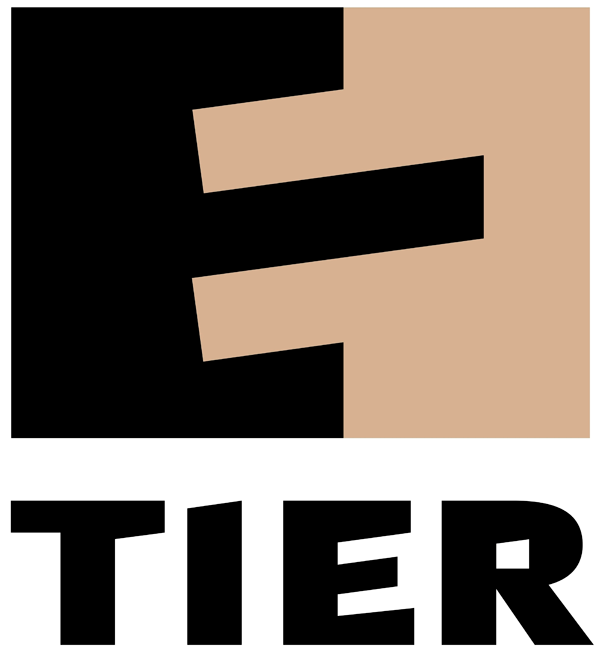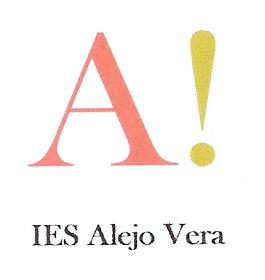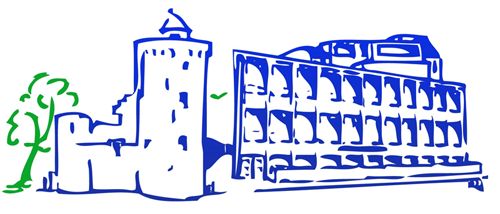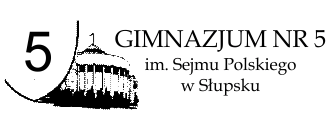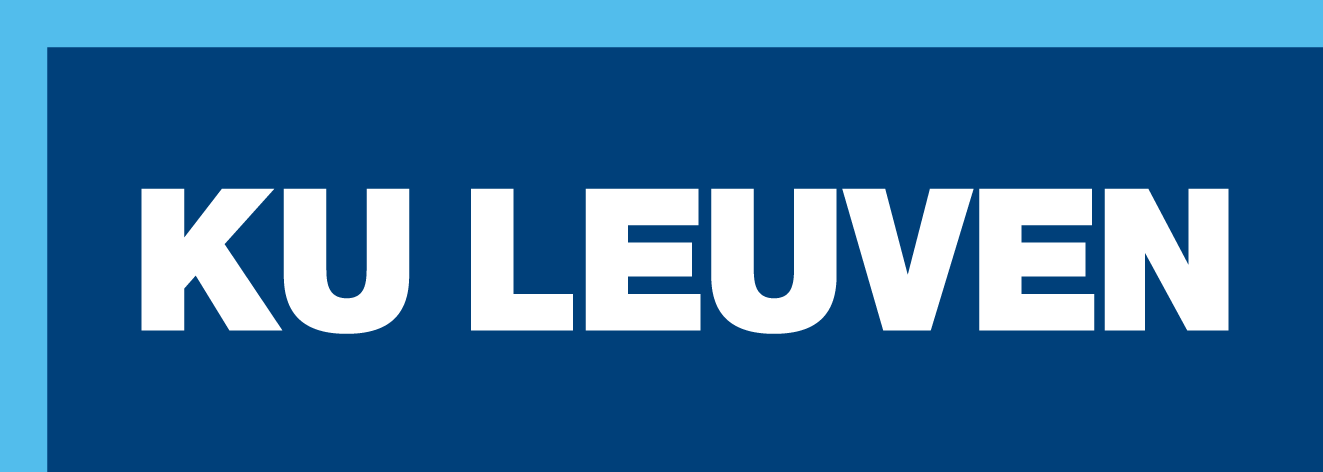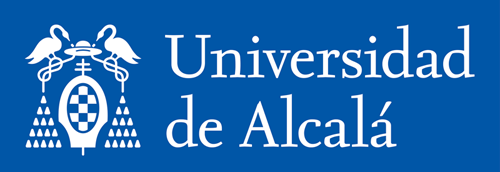INTRODUCTION
Challenging heteronormative practices and the notion of ‘normal’
What is normal? The problem with assuming anything ‘to be normal’ with people and in society, is that it assumes that certain ways of being are therefore the ‘correct way’ of being. Barker, (2016, online) argues that: “Normal” cannot mean and must not mean “what we see all the time” or “what we see the most of.” It must have a different meaning from those. So challenging heteronormativity is not about challenging heterosexuality, because ‘most’ of the population are heterosexual. Challenging heteronormativity is about ‘questioning the idea that heterosexuality is the only normal, natural, or good form of sexuality’ (Barker, 2016: online).
Therefore, in order to support our students in school and importantly to ensure they are educated in safe, welcoming, inclusive and innovative environments, we need to be clear about the terminology related to gender and sexuality. The gender you are assigned at birth, may not be the gender you identify with. There’s more to gender than being male and female. Being confused by sex, gender and gender identity is common. But let’s be clear, they are actually different things. I have chosen to demonstrate the meaning of these terms by using the following definitions from The Planned Parenthood organisation (2018: online):
Sex
Sex is a label — male or female — that is assigned by a doctor at birth based on the genitals a person is born with and the chromosomes they have. This is recorded on birth certificates.
Gender
Gender is much more complex: It is a social and legal status, and set of expectations from society, about behaviours, characteristics, and thoughts. Each culture has standards about the way that people should behave based on their gender. This is also generally male or female. Instead of being about body parts, it is more about how people are expected to act, because of their sex.
Gender identity
This is how people feel inside and how we our express our gender through clothing, behaviour, and personal appearance. It is a feeling that begins very early in life. Most people feel that they are either male or female. Some people feel like a masculine female, or a feminine male. Some people feel neither male nor female. These people may choose labels such as “genderqueer,” “gender variant,” or “gender fluid.” Feelings about gender identity begin as early as age 2 or 3.
Sexual orientation
Sexual orientation is different from gender and gender identity. Sexual orientation is about who people are attracted to and want to have relationships with, it is about who we are attracted to and feel drawn to romantically, emotionally, and sexually. Sexual orientations include gay, lesbian, straight, bisexual, and asexual.
With this knowledge, it is therefore important that we challenge notions of what is normal and support young people in growing up to understand that our communities are made up of a range of people, who are not all the same as each other.
Schools can promote implicit, unintended heteronormative practices, which can be a barrier to ensuring a truly inclusive education community. Heteronormativity may sound complex, but it isn’t. It is a term that describes the processes through which social institutions and social policies reinforce the belief that human beings fall into two distinct sex/ gender categories: male/ man and female/ woman (Adams, 2004). Bryan (2012: 357) defines heteronormativity as:
‘The binary view of gender and sexuality that assumes and privileges heterosexuality in individuals, couple and families, and supports traditional masculine and feminine gender roles and expression. It is the cultural and social "management" of gender and sexuality and is promoted and maintained by individuals and institutions.
So when we describe a school, college or any other institution as ‘heteronormative’ what we are saying is that institution has implicit or explicit norms, some of which are viewed as normal only for males/ men and others which are seen as normal only for females/women. This is the key aspect of heteronormativity, where the colourful diversity of our identities is not evident through language, examples, pictures, behaviours and attitudes. Hence the concept of heteronormativity is a term we use to help us to identify how those who do not fit the gender norms that are perceived to be the only norms, are unable to express themselves and be who they are. Different ways of living are not considered or acknowledged, therefore disengaging and silencing individuals. These processes have to be challenged and addressed to ensure all young people see how they 'fit' and have a voice. Same-sex families are often unrepresented in curricula studied, in classroom literature, and in the correspondence and documentation sent out to pupils and to those carers and parents at home. Having two mums or two dads is the norm for some children, but is often not acknowledged, resulting in these families frequently being isolated and fearful that their children will suffer consequences of bullying due to their ‘non-traditional’ ‘non-heteronormative’ lifestyle (Kappus, 2015).
Increasing gender and sexuality diversity equity in schools is important and valuable work, it promotes a sense of belonging, which in turn supports student motivation and can therefore have a positive effect on attainment and student learning gain.
The 2017 School Report (Stonewall, 2017) found that many LGBT pupils who do not learn about LGBT lifestyles, discuss issues and share stories can feel isolated and unsupported: the 2017 School Report found that more than two in five LGBT pupils (43 per cent) do not feel part of their school community.
Equally, those who have had the opportunity to learn positively about LGBT issues are more likely to feel part of the school community, they feel more able to express themselves and are more likely to feel they fit in (Stonewall, 2017).
An inclusive curriculum is key to this reflecting the diverse community in which we live, and the diversity of people in our schools and communities which reflects the lives and stories experienced in modern society. Ensuring equality of examples and experiences increases the opportunities for young people to engage in their studies and they are more likely to achieve well and make good progress. Again Stonewall (2107) have found that many young people report that these diverse and people and themes are absent from their curriculum. Stonewall’s 2017 School Report, a survey of over 3,700 LGBT pupils in Britain’s secondary schools, found that this negatively impacts upon all pupils. When LGBT people and their experiences aren’t discussed at school, it gives the impression that LGBT people don’t exist, or that these issues shouldn’t be discussed at school.
One pupil stated:
“Once in sex education, I asked about safe sex in same-sex relationships and I was told that it was ‘inappropriate’ and ‘that is not suitable for classroom discussion’. I was told to leave the room.”
(Dorian, 13, secondary school pupil, West Midlands, Stonewall, 2017: online)
This is the issue at the heart of heteronormative practices and conventions. It prevents pupils from understanding and celebrating difference and knowing how to talk about identities and orientations. When a curriculum and the practices in a school, reflect the diversity of the world we live in, including LGBT people, all pupils can be supported to develop inclusive and accepting attitudes towards those who are different to them, and feel proud of the things that make them different themselves (Stonewall, 2017).
The findings from Stonewall’s research demonstrates that many educational settings are lacking opportunities for young people to develop their knowledge of LGBT issues and the ways in which a diverse society can be accepting and inclusive of all people. In Britain, for example:
Two in five LGBT pupils are never taught anything about LGBT matters in school or college;
Three in four LGBT pupils have never learnt about or discussed bisexuality in school;
Three in four LGBT pupils have never been taught about or discussed gender identity and what trans means.
(Stonewall, 2017: online)
Bryan (2012) presents a framework, a construct, for addressing these issues in schools. She calls it Gender and Sexual Diversity (GSD) a broad construct that includes everyone and recognises the centrality of gender and sexuality in all human beings. She explains that all schools staff from crossing patrol to class teachers, from the school nurse to the head teacher, have a gender and a sexuality. The essential aspects of our identity, she explains, are inherently diverse. In this construct, the ‘diversity’ in gender and sexuality diversity stands for biodiversity the natural variation that characterises all species on the planet (Bryan, 2012: xxi). Variations in shoe size, hair colour, skin colour and body type and variations in gender and sexuality.
The culture of an inclusive school is set first and foremost by school leaders and teachers. Their attitudes and behaviours set the context for classroom practices and set the tone in the curriculum they design for their pupils. When they set a diverse curriculum which challenges a binary gender system, the policies and procedures adopted in school are more likely to inculcate all pupils into the same belief system (Goodhand & Brown, 2016).
Bryan (2012), presents two conceptual frameworks for educators and whole school communities. The first of which emphasises how educators must have a thorough, contemporary understanding of gender identity development (GID) and sexual identity development (SID) in children and adolescents, paying particular attention to the impact of heteronormative expectations on GID and SID. The second framework relates to the school mission and educational philosophy, which must be the central reference points for establishing policy and best pedagogical practices for addressing gender and sexual diversity GSD.
In order to be able to challenge heteronormativity, it is critical that you examine your own understanding of gender identity development and sexual identity development in children and adolescents. Every educator has a professional responsibility to create a school environment where children can thrive socially, emotionally and academically, educators must confront and disrupt unjust situations in schools (Shelton, 2018).
DISCUSSION QUESTIONS
- Begin by examining your own understanding, unconscious bias and experiences and challenging those practices that are a barrier to truly inclusive classrooms.
- What is the underpinning educational philosophy within your school community and what foundations have been laid for pupils to see, hear, talk and learn about their own gender and sexuality or the gender and sexuality of others?
- How does your planning and lesson delivery support an inclusive, safe classroom where all pupils feel valued?
- What activities might help all pupils to feel like they truly belong?
STORIES
Julie’s Story: Life as a Gay Woman
Challenging, difficult, fun, tiring, advantageous… all words that spring to mind when I reflect on my life as a gay woman.
Challenging - The ‘coming out’ period was frightening. When I think back to that time it was not an easy transition to come to terms personally with myself and to others. The main reason is that it felt like it was all or nothing, no turning back. The fear of rejection and the inner battle of who I was, was something that I had no control over and I was desperately trying to control it. 20 years on I still get a tightness in my chest when I reflect back.
Difficult - Difficulties arise on a regular basis as assumptions are automatically made not that I’m gay but rather that I’m straight. This is usually in a professional environment like an interview or an appointment with a doctor or visiting the bank or a solicitor where questions about my partner come into play. Then it feels like I am then put in the impossible position but to come out to a complete stranger or lie. I often think that if people were more conscious of the language they use and more open and less presumptive it would sometimes make it so much easier to people. Heterosexual privilege is very evident. As a result sometimes it’s just easier or safer to lie, but usually there is no choice. It’s never easy regardless of how kind the response is as I feel am I am forced to disclose something that is personal and sacred.
Fun - What I do know is that being a gay woman is fun, especially being part of a gay community. Once I am in that setting there is a unified feeling of relief. I recently spent a week with a group of gay women in Paris and I can honestly say it was the most fun I have ever had. I was competing in the Gay Games, representing Ireland at Badminton.Every moment was precious and comfortable and one that we all treasured. More significantly was the feeling of being safe and secure being around like minded people.
Tiring - Apart from when I’m in a gay bar or gay club it can be really tiring. Having to monitor the environment, having to check to see if it’s safe knowing that you could be targeted. In most cases when we are in a predominantly ‘straight’ environment people often stare and then whisper and then stare some more until I have a stare off……. I always win! The only time in public that I feel that I can truly relax when I’m with my partner is when I am in a gay setting. We have been shouted at in the street and in bars, I’ve been verbally abused and harassed, lost friends along the way. However the most frustrating statements and I hear from people are ‘why do you feel the need to march at Pride? Why do you made such a big issue? Why do there have to be gay bars? You never see straight people marching or telling me they are straight so why do you feel the need to do it?
Advantageous - What is really interesting is seeing and witnessing the responses from people when they find out that you’re gay. The reactions are always very predictable, it’s usually an apology that they have made the wrong assumption then more often than not I will be given a detailed story of how that person knows someone who is gay all will the intention (I think) of subtly letting me know that they are cool with it. What is then quite intriguing is that people often appear to over compensate and will then do what they can to assist or help. It often feels that people feel the need to go above and beyond to demonstrate their position and to help, which of course can be advantageous when you’re on the receiving end.
All in all being a gay woman in today’s world is a very positive one, I feel extremely grateful to live in a society where we as a couple are generally welcomed. Things can only get better!
- Julie tells us about being questioned about why gay people feel the need to march at Pride. Why do you think gay people still need to do this?
- Have you ever experienced discrimination? What did it feel like?
- Julie’s story reveals much about the way heterosexual people behave around her. Keen for her to know they have gay friends, keen for her to know she is accepted in their world. Examine your own behaviour and language around assumptions you make.
RESOURCES
- Adams, S. (2004). Interrupting Heteronormativity. Available from:
http://graduateschool.syr.edu/wp-content/ uploads/2015/05/Interrupting-Heteronormativity-text.pdf - Barker, M. (2016). What’s wrong with heteronormativity? Available from: https://www.rewriting-the-rules.com/gender/whats-wrong-with-heteronormativity/
- Bradlow, J., Bartram, F., Guasp, A. & Jadva, V. (2017). School Report: The experiences of lesbian, gay, bi and trans young people in Britain's schools in 2017. London: Stonewall.
- Bryan, J. (2012), From the Dress-Up Corner to the Senior Prom: Navigating Gender and Sexuality Diversity in Pre-K to 12 Schools. Plymouth: Rowan and Littlefield Publishers
- Kappus, B. (2015). In sync with LGBT families. ASCD Express; IO: 1-3.
- Planned Parenthood, (2018). Gender and Gender Identity. Available from: https://www.plannedparenthood.org/learn/sexual-orientation-gender/gender-gender-identity
- Shelton, F. (2018), ‘Born This Way’, in De Witte, K., Holz, O. and Geunis, L. (Eds) Somewhere Over the Rainbow: Discussions on Homosexuality in Education Across Europe. Munich, Waxmann

